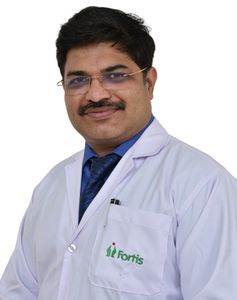WHEN COVID-19 brought the world to a standstill, social media channels became popular as a source of entertainment and information. And as the air of scepticism around Covid-19 got dense, people frantically looked for medical advice online to steer clear of the disease. What emerged as a saviour during this period was a group of doctors who turned social media influencers. Known as ‘docfluencers’, these medical experts addressed people’s questions while giving them emotional relief during the pandemic.
While patients started the trend of looking online for medical advice, doctors, too, are taking to the platform in a big way. These docfluencers are demystifying health care and dispelling myths by bringing expert advice to one’s home. They talk about the nature of the disease, its symptoms, and tips for prevention.
Facebook, YouTube, and then individual WhatsApp groups are the most popular among doctors. In certain areas like psychiatry or nutrition, Twitter is commonly used. Instagram Reels has become a new favourite for these influencers as it is a growing space and is easy to access.
There is a flip side, though. Today, anybody can go on a doctor’s Google page and give a bad review and rating; these ratings are often taken seriously. There needs to be some way to tackle false ratings.
There is nothing more powerful than patients’ word of mouth; when it comes to trusting somebody with your own life, nobody really believes a YouTube video or a Facebook ad. People ask around and other patients’ personal experiences really add to a doctor's reputation. Thus, doctors must concentrate on the helping part, and must not engage in sensationalism through false claims to gain popularity.
The advent of 4G helped docfluencers reach remote areas where access to quality health care is often a challenge. Through this, medical experts in Tier I cities reach audiences in Tier II and III cities. Though social media cannot help with lifesaving surgeries and interventions, it can raise awareness about the nature of the illness, thereby helping patients seek medical care at an initial stage. For example, while talking about breast cancer, doctors talk about the earliest sign of breast cancer, which is a lump that is painless. This information leaves a mark on the viewers' minds, making them more cautious.
Although largely beneficial for the audience, social media can lead to time management issues for doctors, with them handling their online presence and offline practice at the same time. Instead of using social media as an advertising tool, docfluencers must stick to their initial role of disseminating appropriate medical advice. Patients need to use their wisdom, and trust only reliable sources of information when seeking a doctor and their expertise.
―The writer is head, surgical oncology, Fortis Hospital, Mulund, and Fortis Hiranandani Hospital, Vashi.


